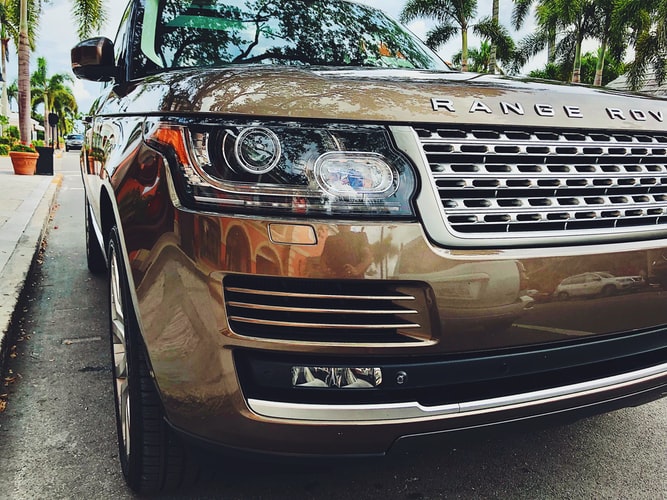It wasn’t until the 1990’s that the luxury SUV became popular, but the vehicle class had shown its face long before then. In 1966, the Jeep Super Wagoneer (SJ) came onto the market, and its V8 engine and luxury trim helped pave the way for rides of the same essence for the future to come.
With the Wagoneer set to return for the 2021 model year — this time as a fully fledged, in-your-face luxury SUV — I wanted to dig more into the evolution of the luxury SUV. How did we get to high five figures and utter capability as the norm from a beefed-up station wagon of yore?
The 1966 Jeep Super Wagoneer luxury model, which was available from 1966-69
Check out the 2021 Jeep Wagoneer SUV, which should start production in Detroit in late 2021:
The more passengers the merrier. Meet the 2021 Jeep Wagoneer. #Jeep #JeepWagoneer
|https://t.co/NbuH8ECrYK— Heafner Motors (@HeafnerMotors) December 5, 2019
The Range Rover’s influence
The Range Rover was released in 1970. At the time, the Range Rover was famous for being the first on-road vehicle with permanent 4WD, split tailgate, clamshell bonnet and continuous waistline — all in the same vehicle. The vehicle’s development actually began way back in 1951, meaning it took almost two whole decades for the vehicle to come to fruition.
1970 Range Rover Velar
The buildup to the sport utility era
You might associate the 1990’s with roadsters like the Mazda Miata and McLaren F1, and I don’t blame you. But this is the decade that birthed the luxury SUV as we know it.
The mid-90s saw vehicles like the Ford Explorer and Jeep Grand Cherokee enter the market with utmost gusto. Luxury SUVs as a segment, including the Grand Cherokee, were growing fast. Something about combining total off-road capabilities with comfort and amenities really resonated with drivers.
Did you know? In the movie Mid90s — directed by Jonah Hill — the wiley skater kids got in a major car crash in an SUV, something that really happened to Hill in his youth.
Profit played a major role
It should come as no surprise that luxury SUVs induced a higher profit margin for automotive manufacturers. This has ultimately led them to continue pumping out variants in the segment and marketing them toward the everyman.
Manufacturers typically made off-road vehicles with a body-on-frame construction. However, late-90s SUVs like the 1997 Mercedes-Benz M-Class used a unibody construction. This helped the naturally bulky rides shed some pounds, which contributed to more fuel-efficient vehicles. This semblance of pragmatism helped propel the luxury SUV market into the mainstream. It served as a major highlight in marketing campaigns.
Even when luxury vehicle sales were down, luxury SUV production ramped up
In the mid-2000s, luxury car sales suffered a 1% decline. At the same time, luxury SUV production increased by 40% in the United States. In 2004, almost a third of all luxury vehicle sales in the nation went toward the SUV segment.
This is the same era when crossover SUVs began to seep into the luxury space. The Lexus RX paved the way; even today, this model remains the best-selling luxury vehicle in the US.
During the same decade, research suggested that luxury SUV buyers were brought to the luxury segment without consideration of cars like sedans and coupes. This means that it was the SUV itself that drove traffic to the luxury realm — not cars.
Where are we today?
Vehicles like the Porsche Macan, BMW X5, and Lincoln Navigator are just some of the luxury SUVs that dominate the present day. The Lexus RX remains a rival, even after all these years. You could separate SUVs themselves into small, midsize and full-size categories. More than that, they compete on off-road capability, cabin amenities, and downright style.
They’re such a multifaceted bunch, and goodness knows they ain’t cheap. But there’s no denying that the luxury SUV segment has evolved to become an integral part of the contemporary automotive space.
